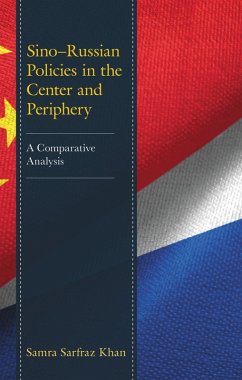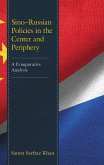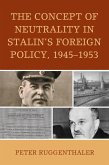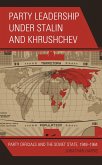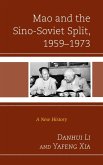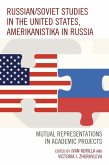This book is a comparative study of Chinese and Russian policies in their respective inner peripheries. As the inner peripheries of the two states are rather vast, a selected number of regions have been chosen from the two geographical expanses. These regions are not only rich in hydrocarbons and minerals but also serve as conduits of the same. Moreover, the geographical position of the Caucasus provides Russia with an ingress into the Transcaucasia; a region that has often presented Moscow with serious challenges in international politics. Similarly, Xinjiang and Tibet serve as supply bases of hydrocarbon and mineral, and as conduits of the same to the Chinese regime. In addition to this, while Tibet serves as China's anchorage in Himalayas and a buffer zone against the Indian threat, Xinjiang is China's gateway to the resource rich Central Asian market. With both Russia and China on the path of changing the post-Soviet unipolar order; insights on Sino-Russian ties and the various challenges and opportunities available to the two states are inevitable for any reader trying to understand the complexity of international politics in general and of Chinese and Russian politics in particular of the twenty-first century.
Bitte wählen Sie Ihr Anliegen aus.
Rechnungen
Retourenschein anfordern
Bestellstatus
Storno

